Livestock
All Livestock Content
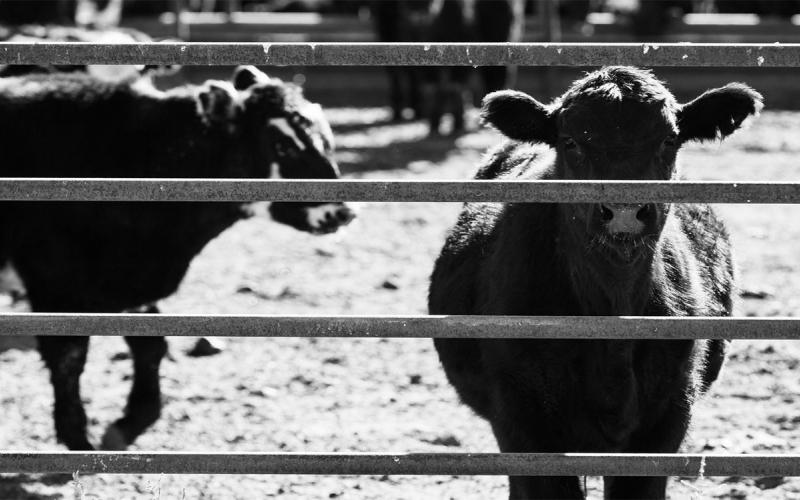
Cull Cows and Trichomoniasis
With increasing amounts of cows being sold at the sale barn with reproductive years left, there are some precautions to be aware of prior to bringing females home to re-breed.

Calving Distribution Affects Herd Health
When the calving season is consolidated, nutritional requirements are more synchronous across the herd, and these benefits extend beyond improved feed management.
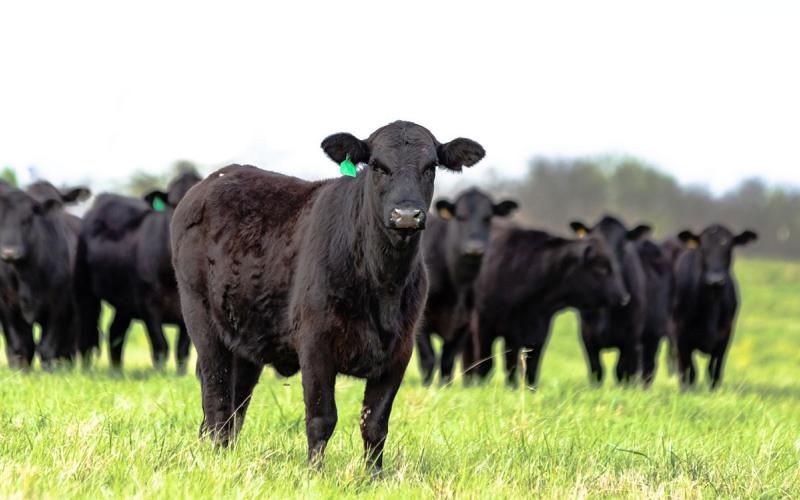
Can Early Weaning Benefit First-Calf Heifers?
First-calf heifers pose specific challenges for cattle producers. Learn how strategic weaning decisions can impact the performance and profitability of this challenging group.
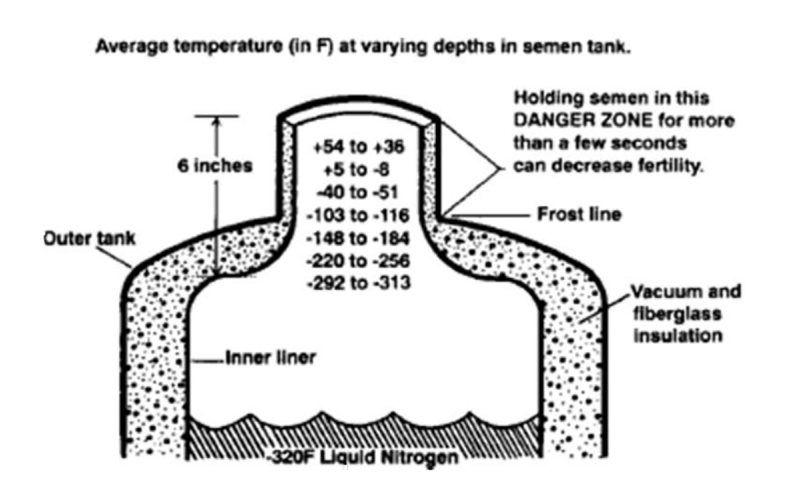
Proper Semen Handling Techniques
Proper semen handling is crucial for the overall reproductive success of an operation utilizing artificial insemination. Learn some expert tips for equipment selection, product storage and semen handling.
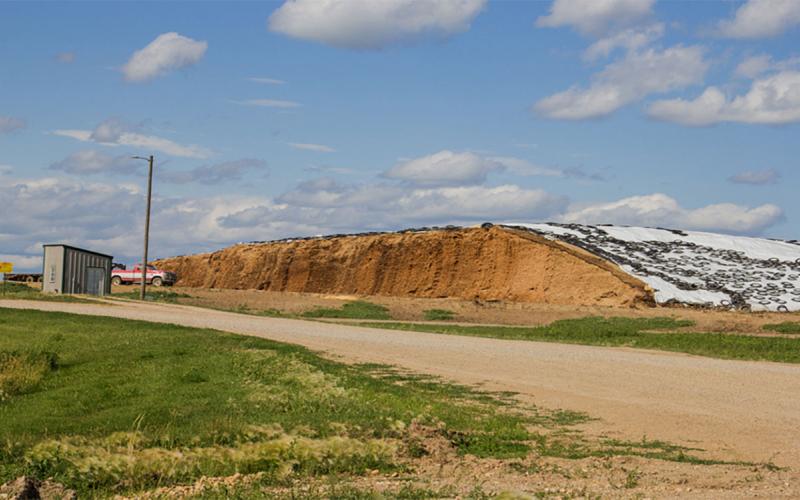
Silage Covering and Harvest Management to Maximize Feed Value
Covering silage piles is critically important to control nutrient loss in silage, but what covering strategies result in the best-quality feed? Learn what a recent SDSU Extension research project found out.
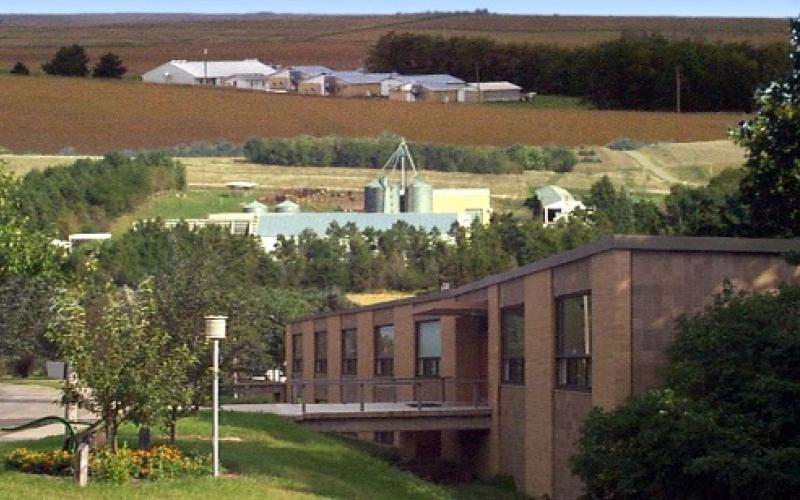
SDSU Extension, UNL Extension offering heifer development program
October 26, 2023
Producers can apply this fall to enroll heifers at the Great Plains Heifer Development Center at the UNL Haskell Beef Lab near Concord, Nebraska. Nebraska and South Dakota producers will receive priority, but producers from bordering states will be accepted if space is available.
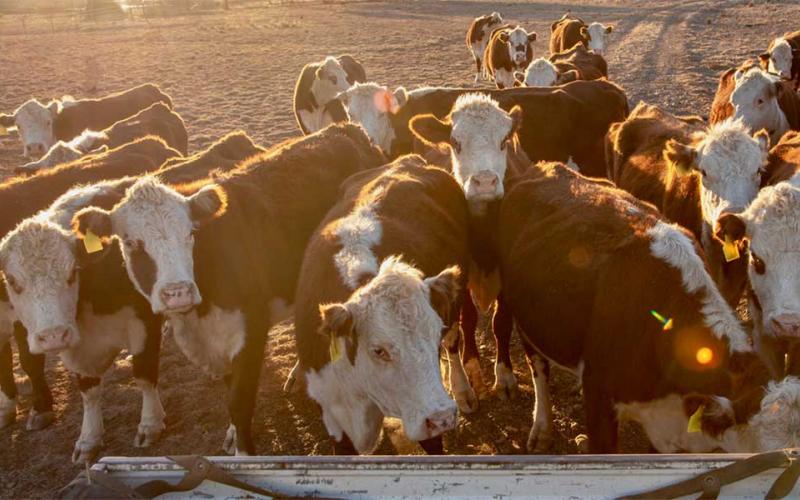
Protein Nutrition and Replacement Heifer Development
With summer coming to an end and weaning for this year’s calves right around the corner, it is not premature for producers to start thinking about next year’s replacement heifers that will be needed to replace any culled or open cows.
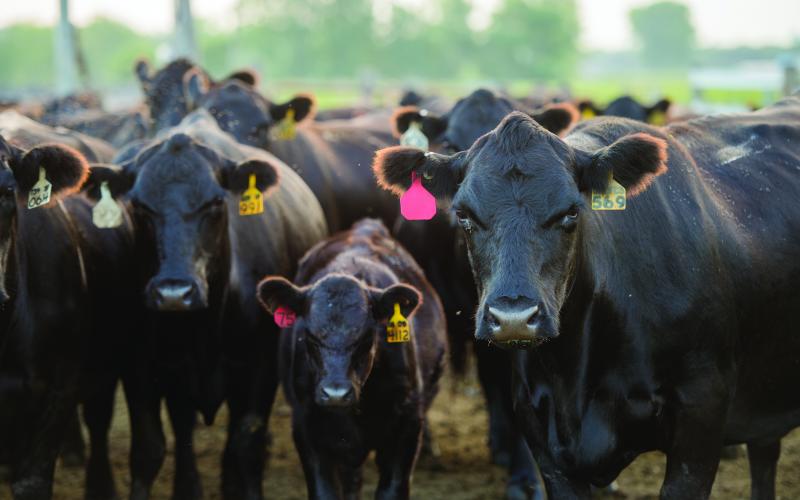
Registration Now Open for SDSU Beef Day
October 26, 2023
This year’s event will be held virtually Tuesday, February 9 and will begin at 1 p.m. CST.
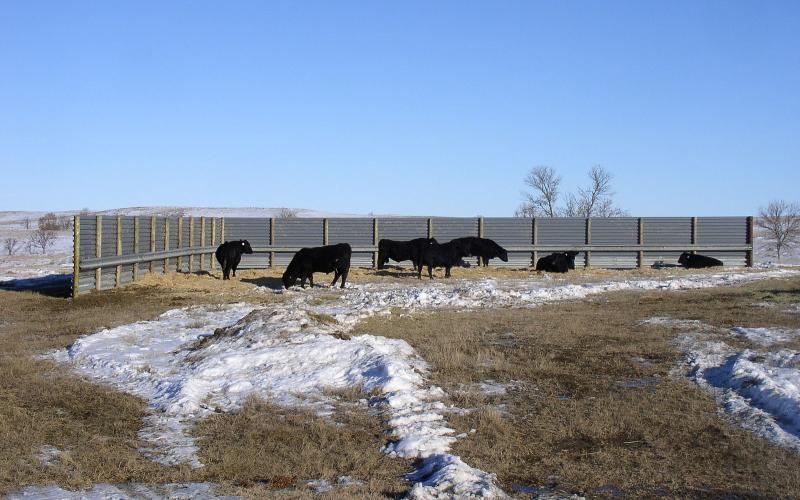
Guidelines for Livestock Windbreaks
Livestock grazing open crop residue fields or large pastures can be left exposed during extreme bouts of cold. Ensuring that cattle and any other livestock being pastured in exposed areas have adequate access to shelter to escape the wind and cold is especially important.
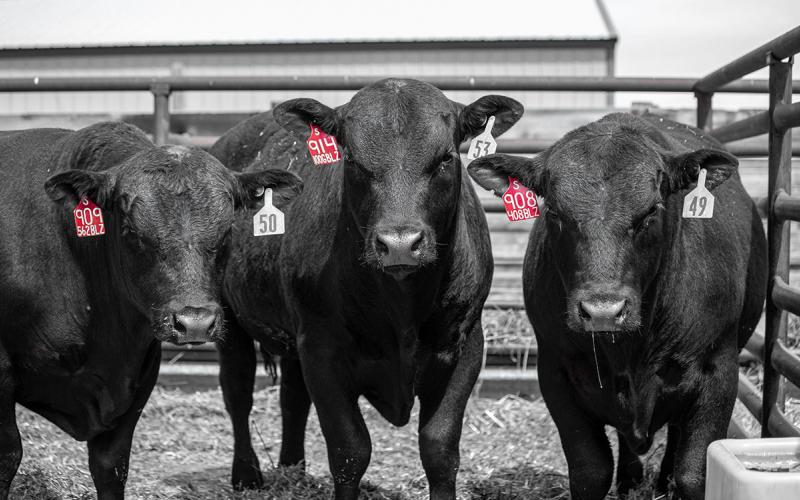
Buying Bulls With a Plan
Selecting new herd sires is an annual process for beef producers. Learn tips for selecting the correct herd sire for your operation that will progress your operation and improve your cattle.